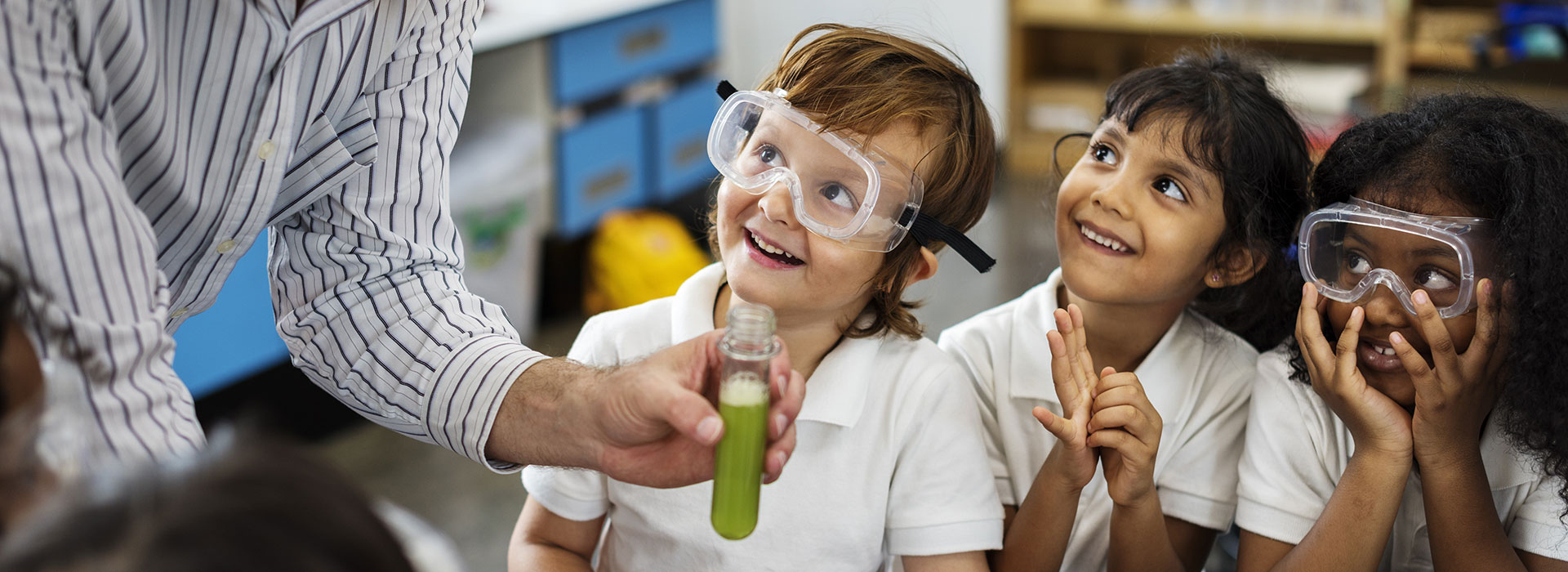Project-Based Learning and Feedback
Imagine going home from school and resting rather than grading. Sounds good, right? Well, with a bit of habit change, you can get a bit more rest by placing the feedback work on students and getting most of the feedback completed in class where it makes the greatest impact.
One of the greatest pursuits and challenges in an inquiry-based classroom (well, really, in any classroom, for that matter) is ensuring students give each other accurate feedback, use feedback to improve learning and learn to self-assess. The question is how do we do this in a tangible and manageable way?
In our recent book, The Project Habit: Making Rigorous PBL Doable, we attempt to make the work of effective feedback achievable for teachers and students. You will find a set of common and impactful feedback habits that can be applied by anyone below. While feedback strategies are implemented across an entire project, here are three low-lift, high-impact feedback strategies that any teacher can employ in the classroom.

Three Feedback Strategies
Step 1: Anchor Feedback to Expectations
Link feedback to learning intentions and success criteria
One small shift in our feedback is ensuring students reference learning intentions, success criteria, and worked examples. This can be done by simply modeling the process when you give students feedback or through a fishbowl process where students observe other students give and receive feedback.
Step 2: Nudge students to do more of the work
Use strategies that enable feedback that promotes thinking
Telling students what to change usurps their thinking. Giving specific direction initially in the feedback process keeps all the heavy mental work on you as a teacher. Let’s give students the benefit of doubt that they can take an initial step if we provide a nudge to prompt their thinking. For example, provide dots on a student’s paper and simply say that the dot substitutes either a positive comment or an area of growth. Ask students to figure it out and determine the next step or generate a question.
Step 3: Follow up with discussions on growth and future planning
Measure, discuss, and plan the next steps together
Setting up a few minutes each day or a few minutes each week for students to map out their current progress and identify the next steps enables students to begin assessing their own progress. When students engage in this work, other students and teachers can assess the accuracy and offer questions to ensure students are aligned in their self-assessments.
These are just a few habits that can support you in the design and implementation process with Rigorous PBL by Design. To learn more about building your project habits, look further at the following PBL habits that can be applied in any classroom at any time. These habits are discussed in detail in the book The Project Habit: Making Rigorous PBL Design Doable.
Implementation of Project-Based Learning
You may want to take the following survey to identify your current level of implementation and areas of focus in the future. As soon as you complete the survey, you will get a copy of your results via Google Forms.
After receiving your results, take a few minutes to identify practices you are already engaging in and areas for growth. In terms of areas of growth, you may want to try a new strategy, deepen a practice, or change a practice, developing a new approach to meeting an outcome.
The Project Habit: Making Rigorous PBL Doable.
Supporting teachers in making small shifts in practice to get the same outcomes seen in traditional problem and project-based learning.
Learn More!

